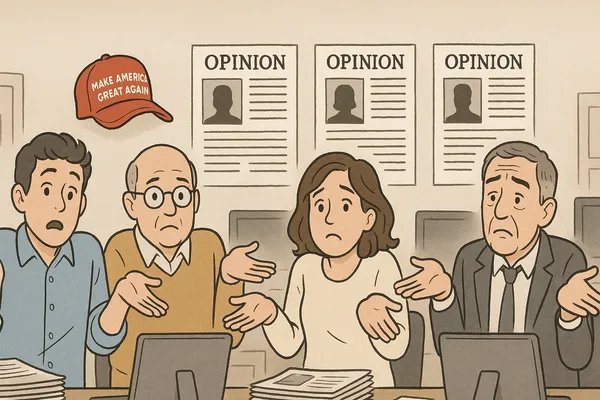
News
Massachusetts Drops Gender Identity Requirement For Foster Parents After Federal Warning
Massachusetts officials have removed a controversial gender identity mandate from foster care licensing rules after federal regulators warned the policy violated constitutional protections and conservative legal groups challenged it in court.































